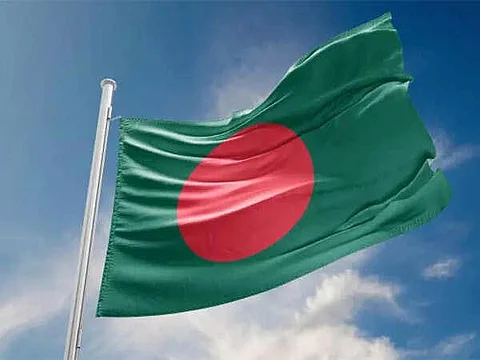
- Home
- Live Blog
- Breaking News
- Top Headlines
- Cities
- NE News
- Sentinel Media
- Sports
- Education
- Jobs

Neighbouring Bangladesh is in the news again. Ironically, it is on the same day that Bangladesh has hit at least two headlines, both clearly reflecting what exactly has been going on in the country since the Hasina regime was ousted in the most undemocratic manner in August last year. First, the first news item: it is about Muhammad Yunus, chief of the interim government in Dhaka, announcing that a “new Bangladesh” was born following the signing of a joint declaration called the July Charter. As reported from Dhaka, the joint declaration or charter, which was darfted after a series of marathon discussions between various political parties and the National Consensus Commission instituted by the interim government headed by Yunus, contains over 80 reform proposals for different sectors. The joint declaration seeks to bring about sweeping reforms to Bangladesh’s political, legal, and constitutional systems. It is, however, interesting to note that while 25 political parties had signed the joint declaration, the student-led National Citizen Party (NCP), which was a key ally of Yunus, not only refused to sign the declaration but also staged protest demonstrations against it outside the country’s Parliament, which turned violent. The student-led National Citizen Party (NCP), which was at the forefront of the violent protests of July 2024, which led to the ouster of Hasina’s Awami League from office, while boycotting the ceremony to launch the joint declaration, alleged that the charter had no legal basis. It also alleged that some political parties had signed the document in the name of national consensus by defrauding the people. Yet another major force behind the ouster of Hasina’s Awami League government – Jamaat-e-Islami, which is said to be the country’s largest Islamist group – also refused to sign the joint declaration by saying it was still reviewing what the charter’s provisions exactly mean. The other reason why Bangladesh hit media headlines in the past two days was an incident leading to the death of three Bangladeshi nationals inside Indian territory in Tripura on October 15. According to the Ministry of External Affairs, the incident occurred three kilometres inside Indian territory, in which some illegal immigrants from across the international boundary attempted to steal cattle from Bidyabil village in Tripura. When the local villagers raised an alarm, the cattle thieves attacked them with sharp weapons, which prompted the local villagers to defend themselves, leading to the death of three persons. Bangladesh, which has all through the past 54 years maintained that there has been no illegal immigration of its nationals to India, lodged a protest with New Delhi. The Bangladesh Foreign Ministry even described the deaths as “heinous” and “unacceptable” but has also described them as a “grave violation of human rights”. It has, however, failed to explain how the three Bangladeshi nationals had landed up in a village situated three kilometres away from the international boundary. To sum up, the two above-mentioned incidents have proved two different aspects of the ground reality in Bangladesh – one, that all is not well in that country under the Yunus-led interim government, and two, that Bangladesh continues to promote or patronise infiltration of its citizens to India.